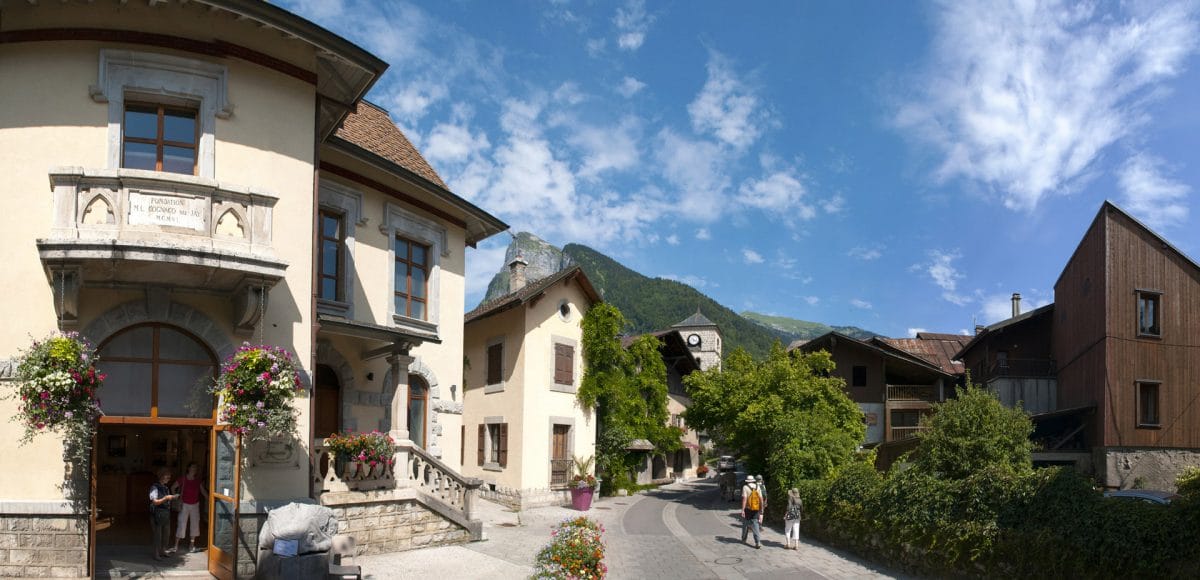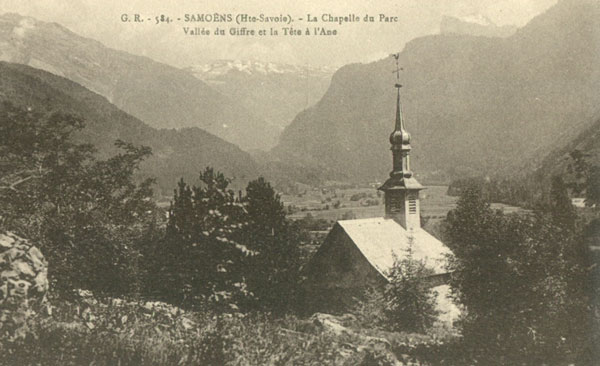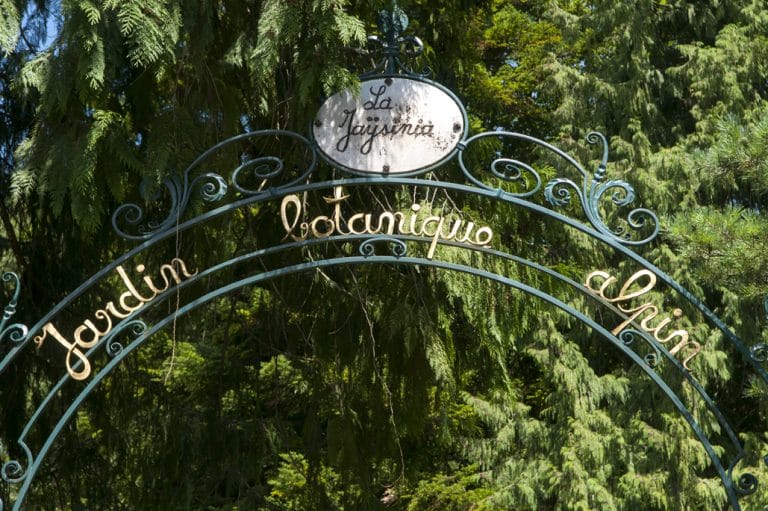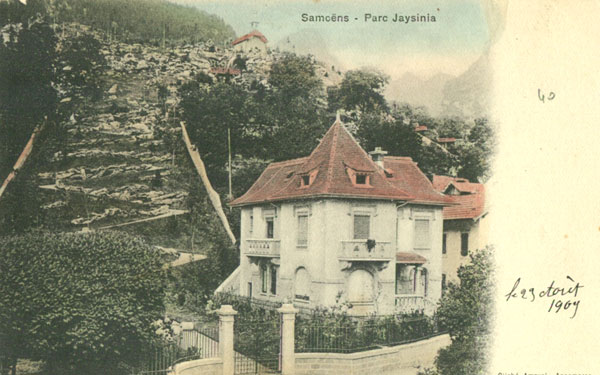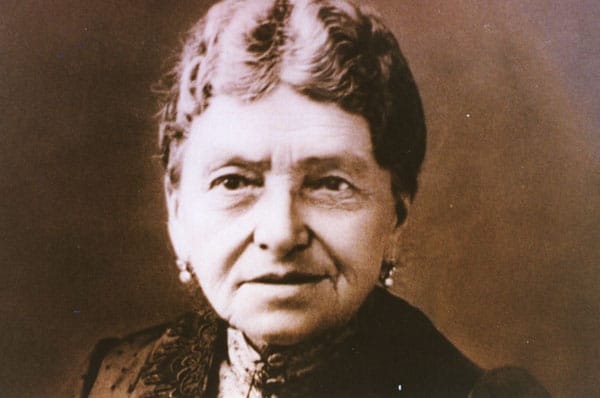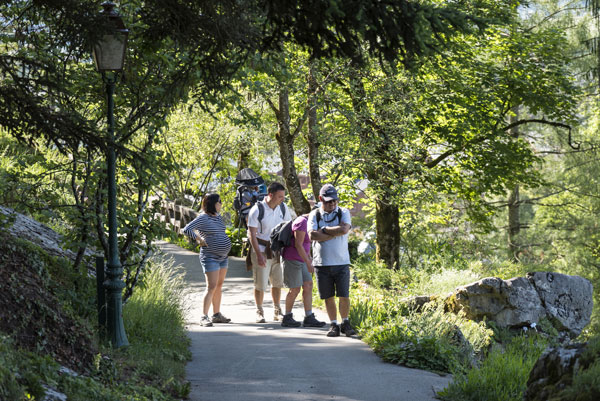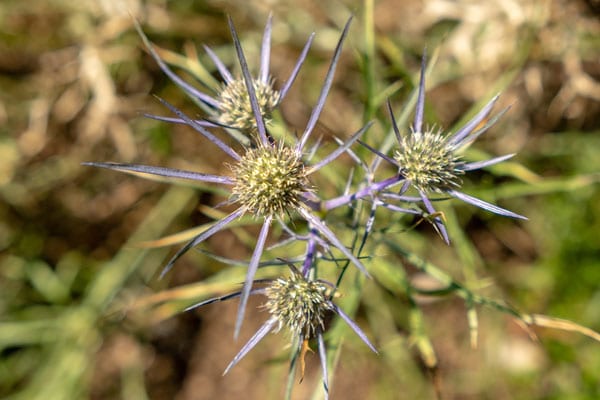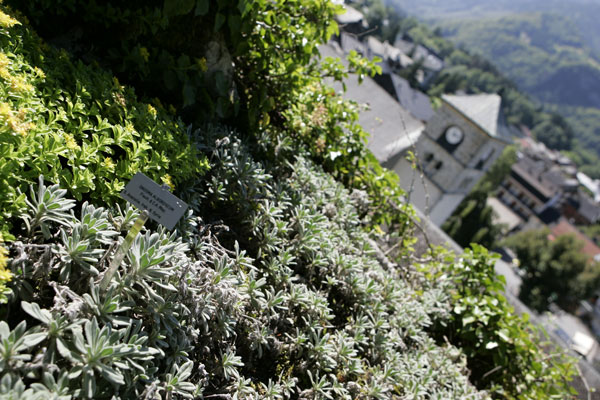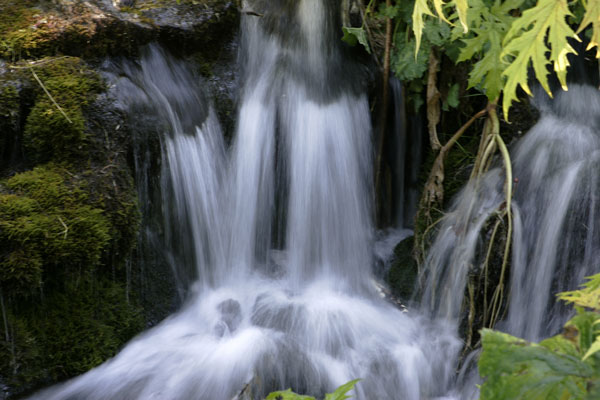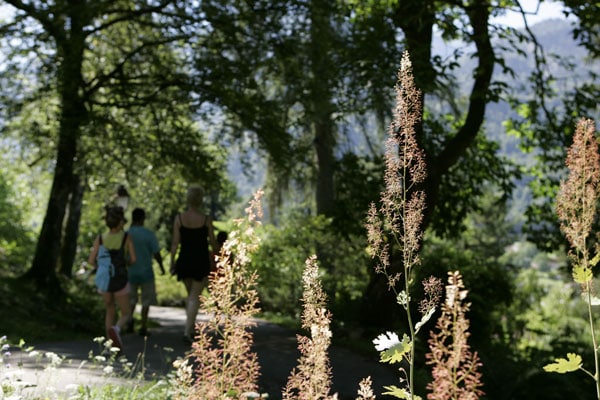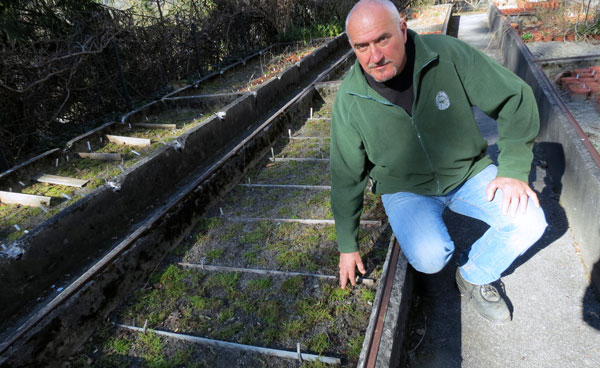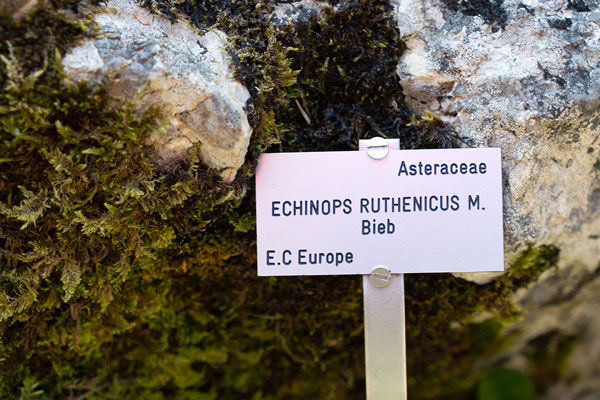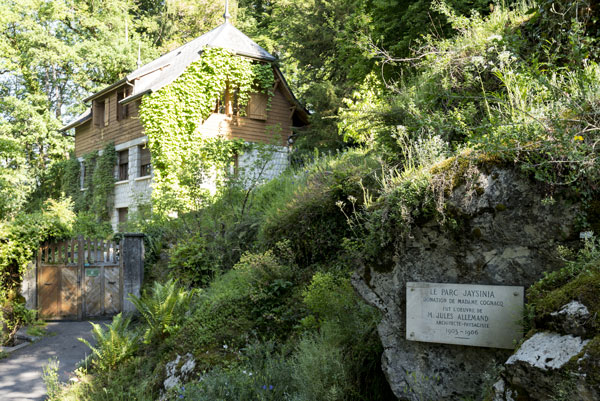A sensory and exotic walk
Designed by landscape gardener Jules Allemand, the garden winds through 3 km of paths and on its 3.7 hectares that offers a panorama of mountain plants from all over the world. Europe is discovered with the blue thistle of the Alps, or the crocus of the Balkans, the Middle East with the cedar of Lebanon. The giant sequoia or the bloodthirst come from America. Asia offers the peony of Pastor Father Delavay and the toad lily from Japan. The antipodes, we will remember the New Zealand shrub veronique. Names of plants that make you dream … In Jaÿsinia you also travel thanks to surprising perfumes such as those of the caramel tree that exudes a sweet scent of caramel in the fall when the dew on its fallen leaves is deposited on the ground … You will also discover flowers with amazing colors, such as columbines with electric blue … And to complete this sensory drive and decorate the different universes of this garden, fountains, waterfalls, ponds and marshes have been installed from a source of water flowing through pipes that were dug by hand into the mountains.
You end your journey with a journey into the past and discover the chapel of the Jaÿsinia, which dates from the seventeenth century and the castle of Tornalta that has stood on top of the hill since the twelfth century and that the ruins offer breathtaking view of the village and the Giffre valley.
In this unusual and timeless garden, the Septimontains confirm that they know how to preserve their heritage and roots. And generate a breeding ground for plants from all over the world that have established themselves in an area with characteristics that are sometimes very different from their original environment … The point is that we feel good in Samoëns.




